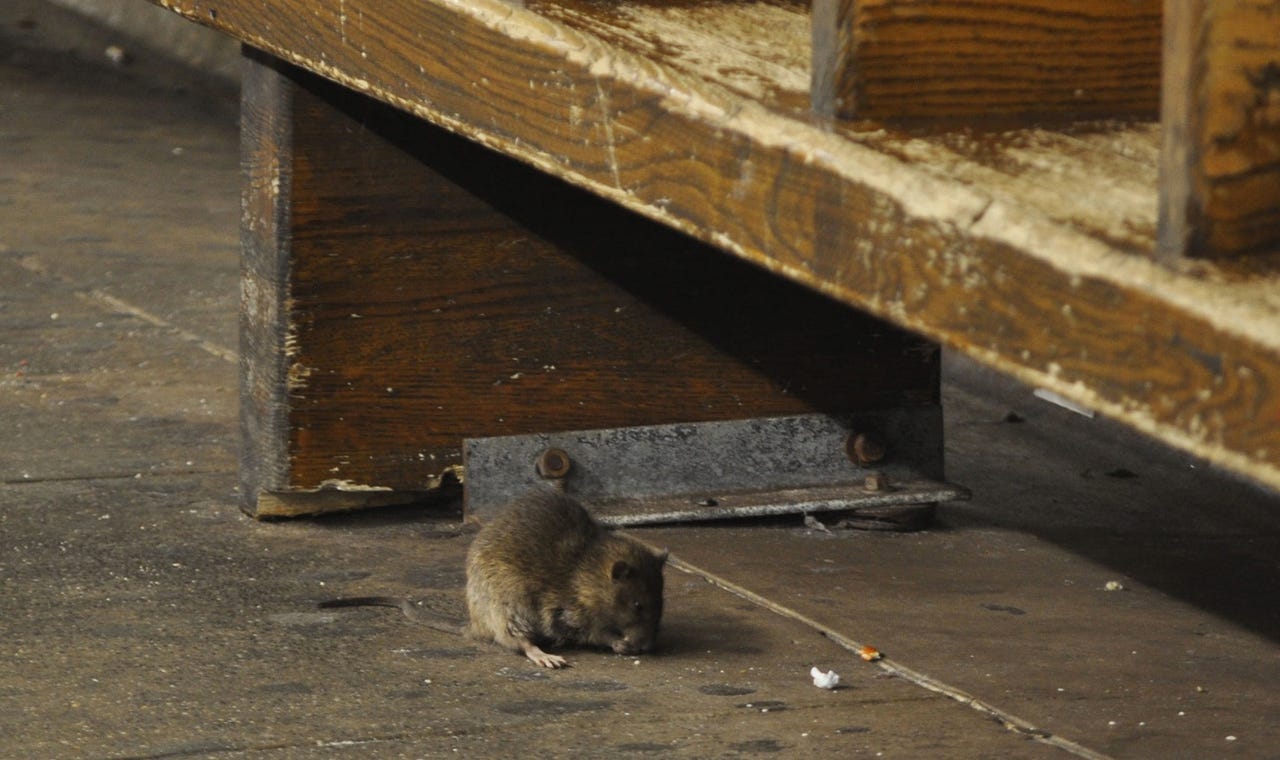Rat-grown organs cure diabetic mice


Japanese scientists are experimenting with ways to use rats to solve organ shortage problems -- in other species.
Organ shortages are a major problem worldwide. When patients with medical conditions requiring a transplant -- whether the heart, lung, kidney, or other organs -- are placed on the waiting list, there is no guarantee a suitable match will be found in time, and even if an operation does take place, immunosuppressant drugs required to keep an organ from being rejected can lead to other debilitating conditions as a consequence.
However, as reported by Gizmodo, a team of Japanese scientists from Stanford University has been experimenting for years to develop methods to grow matching organs in one species for transfer to another.
In 2010, the team grew rat pancreases in mice, but the organs were too small to be of any use in rats when transplanted. This time, mouse pluripotent stem cells (PSCs) -- clear, empty cells able to become other types of cells -- were injected into rat embryos, which then grew to became chimera rats containing mouse DNA.
However, the rat genes in charge of pancreas development were suppressed, which resulted in the mouse cells taking charge of growing the organ.
According to the research, published in the journal Nature, test mice were given drug-induced diabetes and endocrine islets extracted from the chimera rats' pancreas were then transplanted into the mice.
After five days on immunosuppressing drugs, which removed any remaining traces of rat cells, the transplanted islets then took over the production and maintenance of glucose levels in the diabetic mice, returning blood glucose levels to normal for a total of 370 days.
"The data provide proof-of-principle evidence for the therapeutic potential of PSC-derived islets generated by blastocyst complementation in a xenogeneic host," the paper's abstract reads.
Speaking to the publication, principal researcher Hiromitsu Nakauchi noted that "organs are in short supply and are not genetically matched to the recipient," but creating chimeras through stem cell technology could be used to match organs perfectly, removing the need for dangerous drugs which often come with a wealth of side-effects.
"If we could use a patient's own cells to generate a matched organ in a large animal like a sheep or pig, it is possible that we could begin to alleviate this shortage while also relieving transplant recipients from a lifetime of immunosuppressive drugs that are necessary when an unmatched organ is used," Nakauchi added.
It is possible that the combination of chimeras and stem-cell technology could be used to treat problems such as diabetes or, even further, could be used to grow required organs cross-species in the future.
Rats and mice are vastly different to humans or other larger creatures but proving the technology and techniques work is potentially a start to greater things -- and other more complicated organic structures, such as hearts and lungs.
10 steps to erase your digital footprint
Featured
IBM Watson Health and Illumina team up on cancer research: